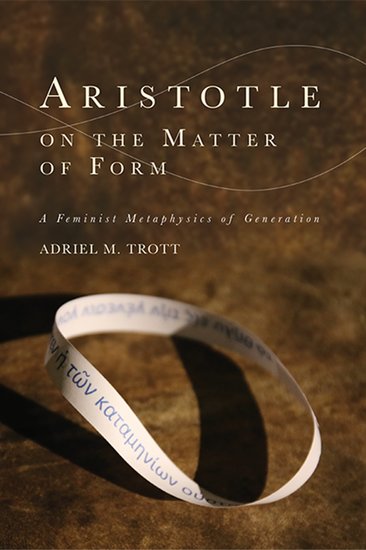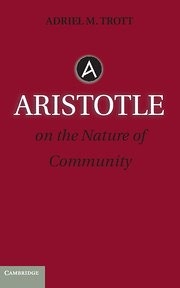Using the Syllabus as a Planner through the Review Function in Word

Faculty joke about how often we tell students “It’s in the syllabus!” But what if the answers that we faculty wanted for what we are doing in the course were in the syllabus? The syllabus is a funny document to me because officially it is for students, but I also use it for myself to remember what the class is supposed to be doing in any given class meeting. The problem is that I don’t want to put all the information that I need for planning on to the same document that students get. This is not because I want to keep it to myself, but I think an overwritten syllabus can be distracting and confusing. And sometimes as the course progresses, the planning changes.
The thing is, I have great ideas for my course when I’m planning the syllabus. As I put texts and assignments on the syllabus, I have ideas for how that text fits in and how that assignment will encourage an uptake of the material. As I become a more experienced teacher, I know that texts and topics need introduction. I need to explain not just what the topics are that students will encounter, but also how the text fits into the course at that point. I like have a sense of that as I plan the syllabus so I spend considerable time thinking about it at the planning stage.
Unfortunately, by the time the course gets to that part of the syllabus, I have largely forgotten what my idea was. I’ve tried different approaches, but let’s be honest, I’m not organized enough at the beginning of the semester to have started a document for each day that I will teach that could include those notes. Plus, if I did that, it would be difficult to edit and move around without opening all the documents that I needed to change. And it would be difficult to see all the notes at once.
I complained about this problem on social media and a very helpful friend suggested using the Review function in word to insert comments on the syllabus. She is a lawyer and she uses this function for briefs and letters to clients. The beauty of this method of note-taking for oneself is that you can change the document view to “Final Markup” and convert it to PDF and post for students, so they won’t see the comments, but you can continue to view and print the document in Review mode so that you can see all your notes to yourself. She kindly reminded me to make sure you never distribute it with your notes. I suppose that would be a worse situation for a lawyer than a professor.

Photograph depicts a selection of syllabus with course readings. Dates to the left, readings in the center, comments inserted on the right.
I am teaching a course this semester that I am calling, “Thinking with Arendt.” My questions that drive this course are: what is thinking such that it might prevent us from doing evil? And how should we organize political life so that it might motivate instead of discourage thinking? You can see how my notes are rough but they help me remember why I assigned these texts in these chunks of pages alongside these other readings.
The virtue of this approach is that you can put all the things you wanted to remember when planning the course in one place, and that place is a place you were going to reference anyway as you prepare for class throughout the semester. I have the peace that comes from being better organized following me into this semester.




